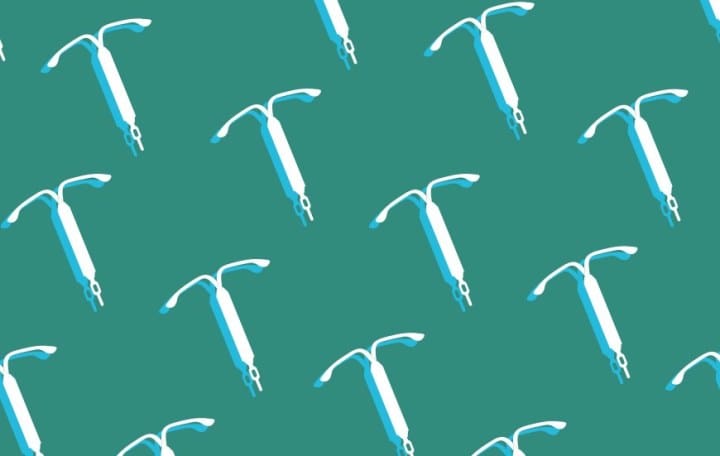
Having the power to decide when to get pregnant is paramount, especially for the advancement of women who can then invest in their careers and plan diligently for their futures.
Birth control should never be taken lightly and there are so many reasons as to why it is important. Aside from the obvious, which is greatly reducing the risks of unplanned pregnancies, there are health benefits, such as protecting you from STDs and decreasing your risks of developing ovarian cancer, as well as eliminating the need for abortions.
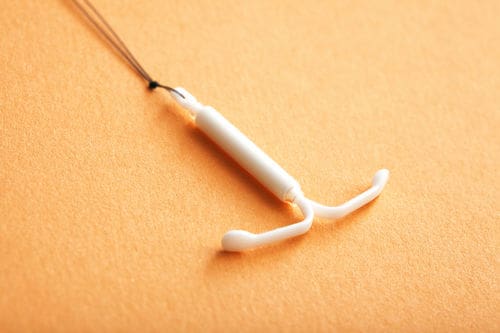
With that said, there are endless forms of birth control available and it can get exceedingly overwhelming. Really, the best way around it is to weigh out the options until you find one that would be the best fit for you. Aside from condoms, birth control pills, vaginal rings and diaphragms, IUD is one of the most effective contraception methods out there.
Albeit its thriving popularity in the Western region, a general consensus in Asia has unveiled that many sexually active individuals aren’t familiar with IUD. If that’s the case, we’ve summarised everything for you in a Q&A format. Even then, do visit a gynaecologist or doctor before you set your mind on anything.
Q: What exactly is IUD?
A: An intrauterine device (IUD) is a small T-shaped device that is inserted into the uterus to prevent pregnancy. It is long term, safe, completely reversible and most crucially, reliable. Once inside the uterus, IUD blocks the passageway the semen travels, so sperm cannot reach the egg to fertilise it.
Q: Is IUD suitable for everyone?
A: Most healthy women can use IUD, although it is ideally recommended for women with only one partner and at little to no risk of contracting STDs. Sometimes though, the shape and size of the uterus does not permit IUD to be positioned properly. You should not use IUD if you’re pregnant or if you have an STD, cervical or uterus cancer, or mysterious vaginal bleeding.
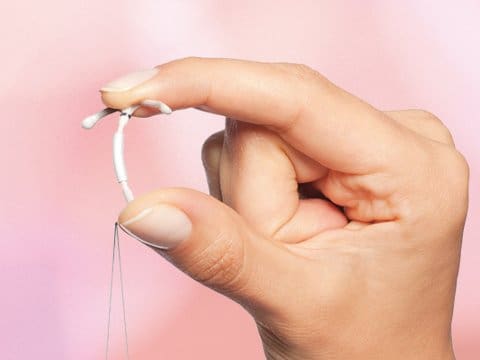
Q: Does IUD protect you from sexually transmitted diseases (STDs)?
A: No, IUD does not prevent you from contracting STDs, but it doesn’t cause them either. If a woman chooses to have multiple sex partners, condoms should never be disregarded, even when she already has IUD.
Prior to inserting IUD, the doctor will make sure that the woman is free from any STDs and STIs. The reason for this is that if a woman has an undiagnosed STI or STD when the IUD is being inserted inside her, she will be at risk of pelvic inflammatory disease (PID).
Q: What are the most common types of IUD out there?
A: IUD are divided into two types – hormonal IUDs (such as Liletta, Mirena, Skyla and Kyleena) and copper IUDs (such as ParaGard).
Copper IUDs don’t release hormones and can protect you from pregnancy between 5 to 12 years. You won’t be able to use the copper IUD if you’re allergic to copper or have Wilson’s disease – a genetic disorder which builds up copper in the body.
Hormonal IUDs release the hormone progestin (synthetic progestogens) to prevent pregnancy. The longevity of the IUD varies across different brands (Mirena – up to 6 years, Kyleena – up to 5 years, Skyla and Liletta – up to 3 years). You are not advised to use hormonal IUDs if you have liver disease, breast cancer or are at high risk for breast cancer.
Q: Are there any known side effects from the IUD?
A: With copper IUDs, heavier and longer menstrual bleeding is expected for the first few months post insertion. Bad cramping and random spotting in between periods may also occur.
On the other hand, women with hormonal IUDs may experience heavy, irregular bleeding for the first six months. This will decrease over time and eventually, periods will become very minimal or diminish altogether.
Yeap, not having periods sounds absolutely amazing, but those who use their periods as reassurance that they aren’t pregnant may fall into monthly breakdowns of distressed overthinking and paranoia. Choose wisely.
Q: What goes on during the process of IUD insertion?
A: The doctor typically wouldn’t go through with insertion during the first consultation as the size and shape of the uterus, as well as the presence of any STDs or STIs has to be distinguished first. An appointment will be scheduled after the results are out, and when the doctor decides IUD is right for you.
The doctor would first insert a speculum into the vagina before cleaning the cervix and examining the uterus. After that, the IUD is loaded into a tiny tube which is then pushed into your uterus. When it gets released, the arms of the T-shaped device open up. The string hanging off the end of the IUD is then cut. The whole process only lasts several minutes.
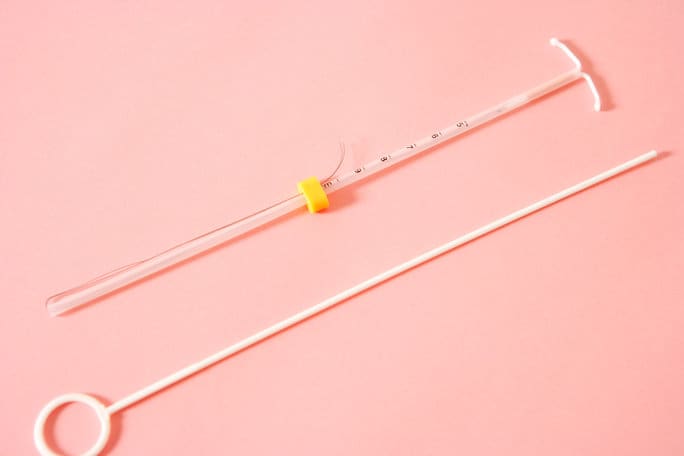
Q: Will that process hurt?
A: It would cause a slight discomfort during insertion, but some women, mostly those who haven’t been pregnant or delivered a baby before, can experience mild to severe pain. Their cervix may require more dilation.
If you’re afraid of pain, do take medication beforehand. After insertion, most women feel light cramping for a day or so.
Q: Is it possible for the IUD to move out of place?
A: Yes, it is possible for the IUD to move out of its position, but women with IUD can always do a self-check at home to feel for the string inside the vagina. Sit or squat, then insert the index or middle finger into the vagina until you feel the cervix. Upon doing so, the string should be felt too.
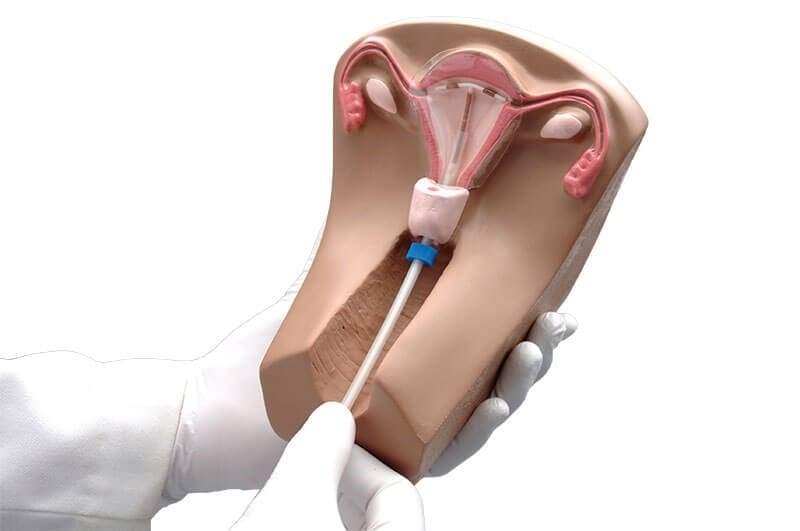
Q: Is IUD effective immediately after insertion?
A: The copper IUD starts working immediately as soon as it is inserted in, however the hormonal IUD is only immediately effective provided it is inserted within seven days of the start of the period. If it is inserted at any other time, backup contraception, like condoms, should be used for a week.
Q: Is IUD effective as an emergency contraception?
A: If the copper IUD gets inserted within 120 hours after unprotected sex, it’s more than 99.9% effective. Hormonal IUDs should never be used as emergency contraception.










